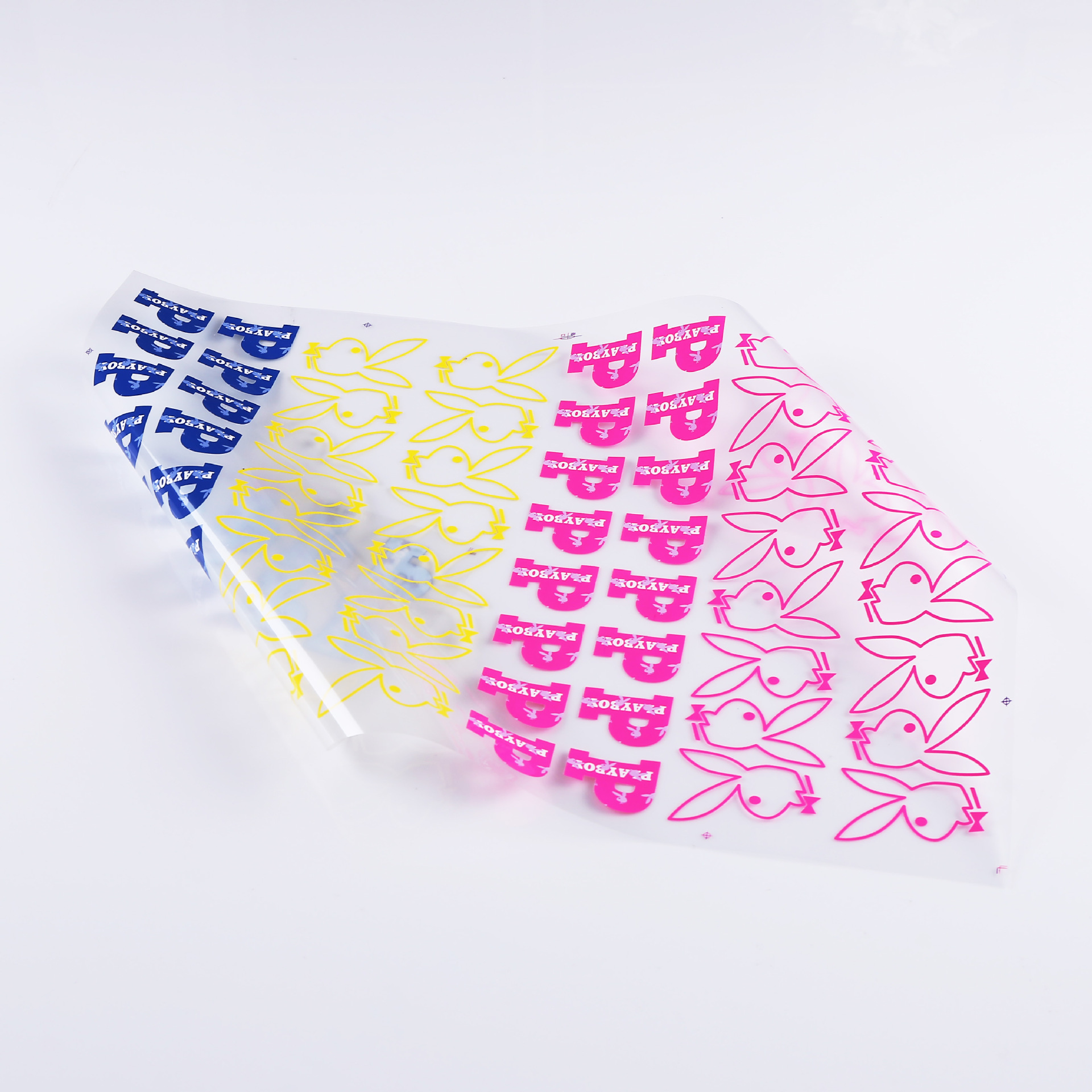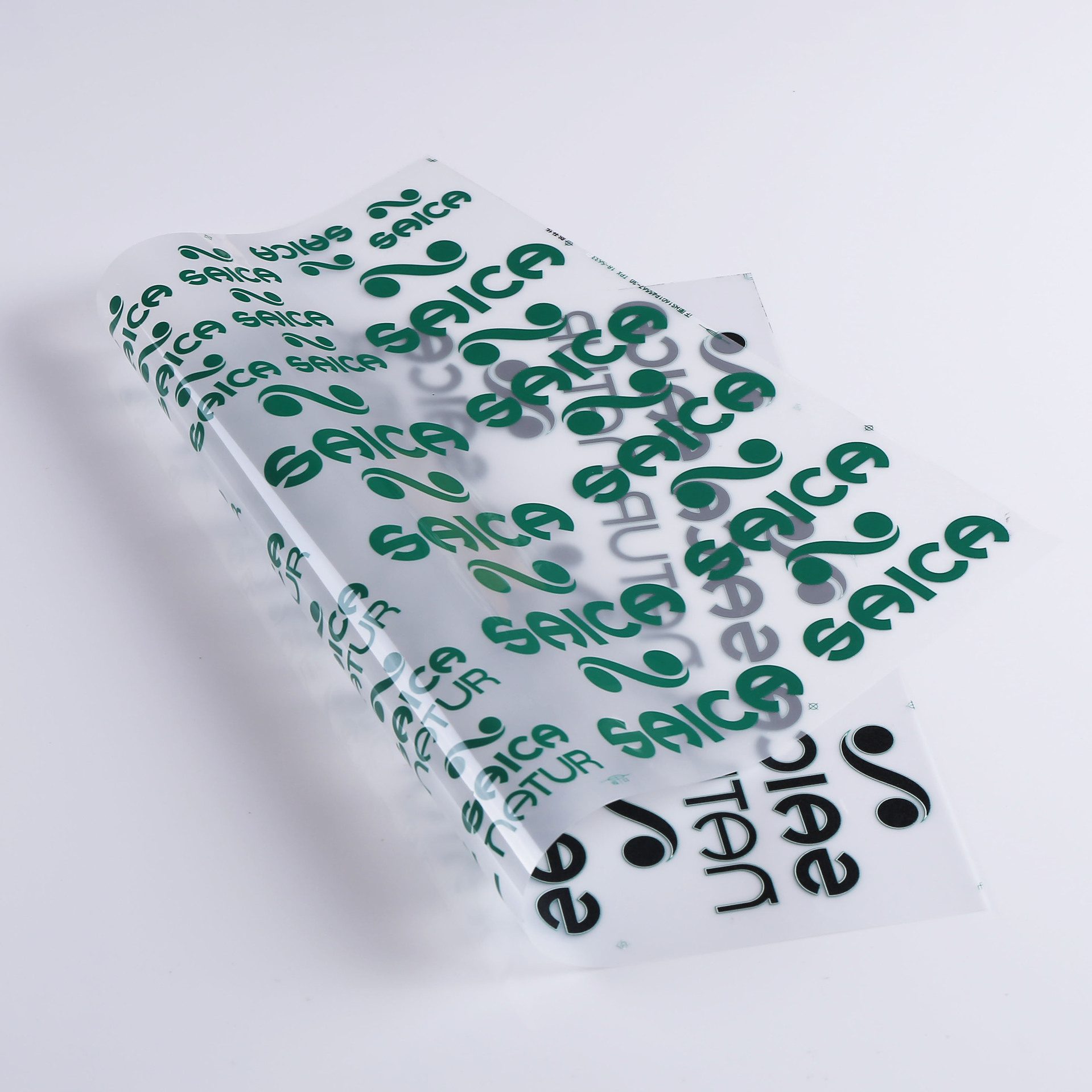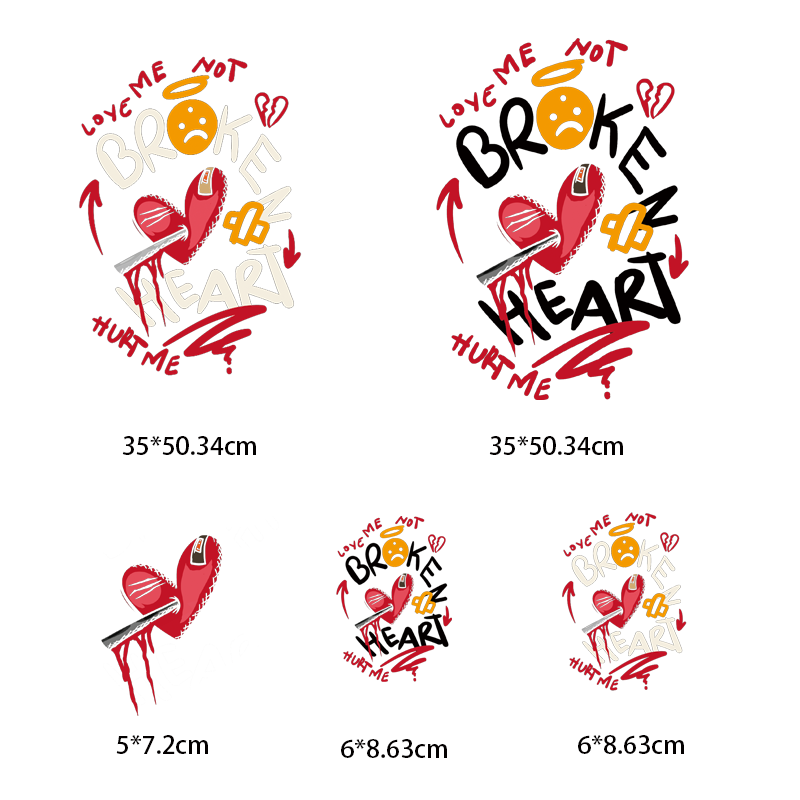In the realm of garment decoration, heat transfer printing stands out as a versatile and efficient method. Whether you're crafting custom apparel or embellishing promotional products, heat transfer offers a wide array of possibilities. Let's delve into the intricacies of heat transfer printing, exploring its various techniques and distinctions.
1. Heat Transfer Printing: An Overview
At its core, heat transfer printing involves transferring a design or image onto a substrate (like fabric or paper) using heat and pressure. The process typically employs a heat press machine to apply the necessary heat and pressure consistently.
2. Techniques of Heat Transfer Printing
a. Sublimation Printing:
Sublimation printing utilizes heat-sensitive inks that, when heated, turn into a gas and permeate the substrate's fibers. Upon cooling, the gas reverts to a solid state, permanently embedding the design. This method is ideal for polyester fabrics and yields vibrant, long-lasting prints with excellent color retention.
b. Vinyl Transfer:
Vinyl transfer involves cutting designs from colored vinyl sheets and then heat pressing them onto the substrate. This technique offers versatility in design, with options for single-color or multicolor prints. Vinyl transfers are durable and suitable for a wide range of materials, including cotton, polyester, and blends.
c. Heat Transfer Paper:
Heat transfer paper allows for printing designs onto special paper using an inkjet or laser printer. The printed design is then transferred onto the substrate using a heat press. This method is popular for small-scale, intricate designs and is suitable for various fabrics, including cotton and polyester.
3. Understanding the Differences
a. Durability:
While sublimation printing provides the highest durability due to the ink's fusion with the substrate, vinyl transfers also offer excellent longevity. Heat transfer paper, however, may not be as durable and may fade or crack over time, especially with frequent washing.
b. Color Range:
Sublimation printing boasts the widest color range and produces vivid, photo-quality prints. Vinyl transfers offer a broad spectrum of colors but are limited to solid colors or simple designs. Heat transfer paper provides good color reproduction but may not achieve the same vibrancy as sublimation printing.
c. Fabric Compatibility:
Each technique has specific fabric compatibility. Sublimation printing works best on polyester fabrics, while vinyl transfers adhere well to cotton, polyester, and blends. Heat transfer paper is versatile and can be used on various fabric types, but results may vary depending on the material's composition.
4. Conclusion
Heat transfer printing encompasses a range of techniques, each offering unique advantages and considerations. Whether you prioritize durability, color vibrancy, or fabric compatibility, there's a heat transfer method suited to your needs. By understanding the intricacies of each technique, you can make informed decisions when creating custom designs or promotional merchandise.
Experiment with different heat transfer methods to discover which best meets your requirements, and unlock the full potential of heat transfer printing in your creative endeavors.
5*5CM
10*10 CM
A4 Size 21*29.7 cm
Front size 29.7cm Width
A3 Size 29.7*42 cm
Full Size Width 38cm
Post time: May-06-2024




